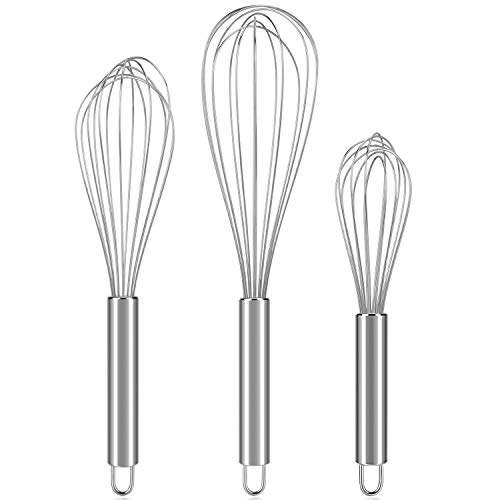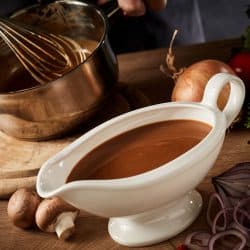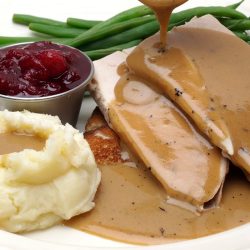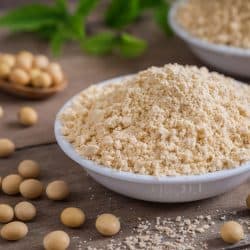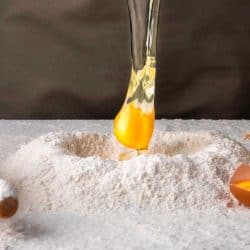Nothing is more frustrating than spending forever in the kitchen to end up with lumpy gravy as a topping. Although it seems trivial, for some, it's a blemish on an otherwise perfectly wonderful breakfast or Thanksgiving meal. We've done the research and have some helpful advice on what to do if the flour in your gravy is not dissolving!
To prevent or correct a clumpy sauce, there are several simple techniques you can employ.
- Use a whisk instead of a wooden spoon, and don't add the flour all at once.
- Try running it through a strainer or blender.
- Cornstarch could be used rather than flour to create a smooth slurry.
So, how do these methods work? What causes flour to clump? Can you make gravy from scratch without flour? Grab a whisk and keep reading for tips on making your perfect gravy!

What causes flour to clump?
To avoid lumps in our sauce, it's important first to understand what causes the flour to clump up to begin with. As far as gravy is concerned, the biggest reason for clumping relates to adding the flour directly to a hot liquid. This leads to it almost instantly gelatinizing, which turns the mixture into sticky clumps. Inside these lumps is raw dry flour. Yuck!
How do you make smooth gravy?
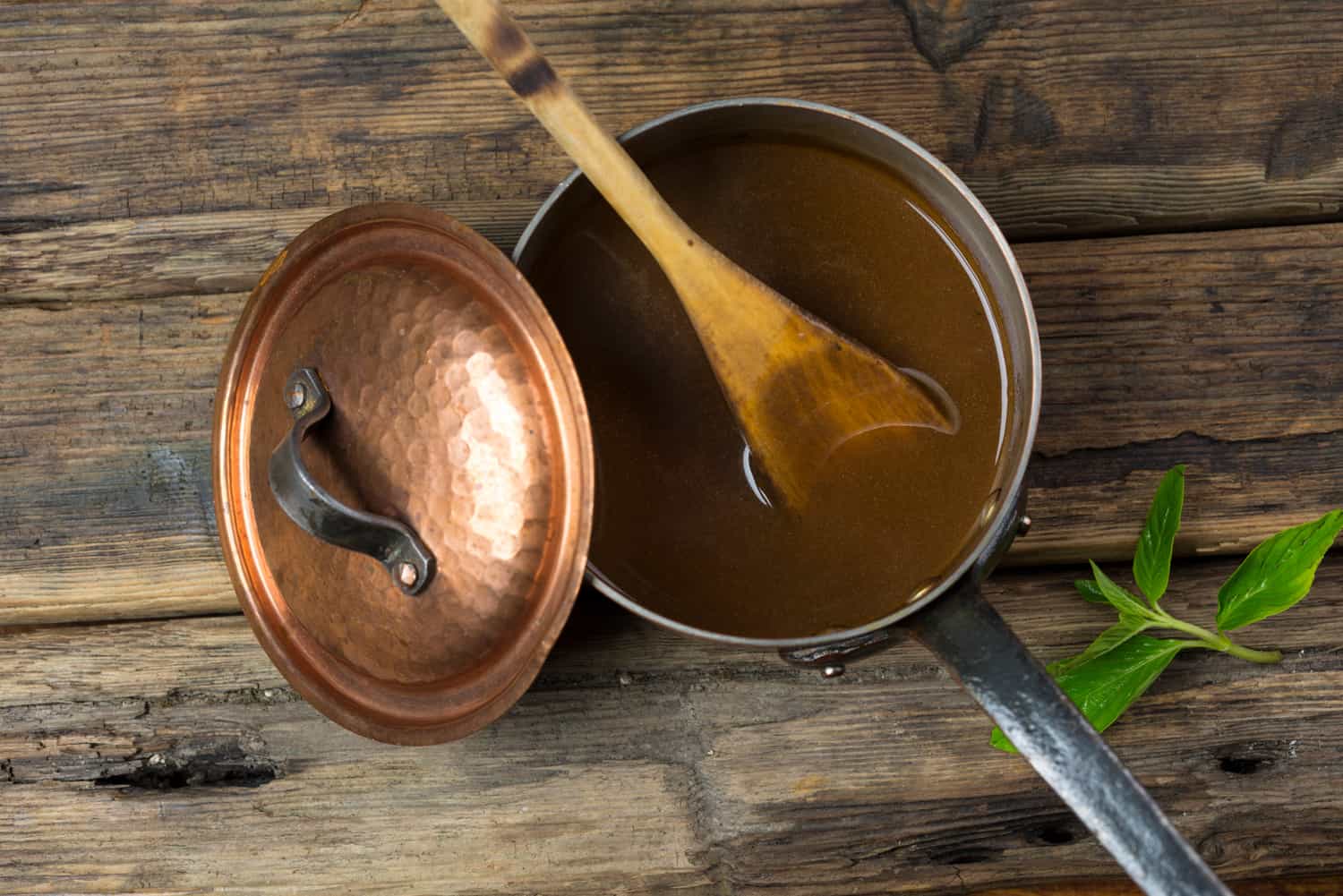
Now that we know the main reason flour clumps, we can go over some techniques to prevent it. Let's dive in on how to make a smooth gravy!
Don't add flour too fast
Adding too much flour too quickly will guarantee a lumpy sauce. A little flour can go a long way, so it's critical to be patient here. Use a strainer or sieve to sift very small amounts into your mixture at one time. Think of it as dusting rather than dumping. Then, whisk thoroughly and give it a moment to thicken before you throw more in.
Make a slurry
One way to prevent clumpy gravy is to prepare it as a slurry. This simply means mixing your thickening agent, whether flour or cornstarch, with cool water before adding it to other ingredients. Cornstarch is preferred for this method for a smoother result. The point is to pre-dissolve the thickener in cool liquid first to gelatinize when it is heated.
For a complete walkthrough, take a look at Cook the Story's Cornstarch Gravy recipe.
Create a roux
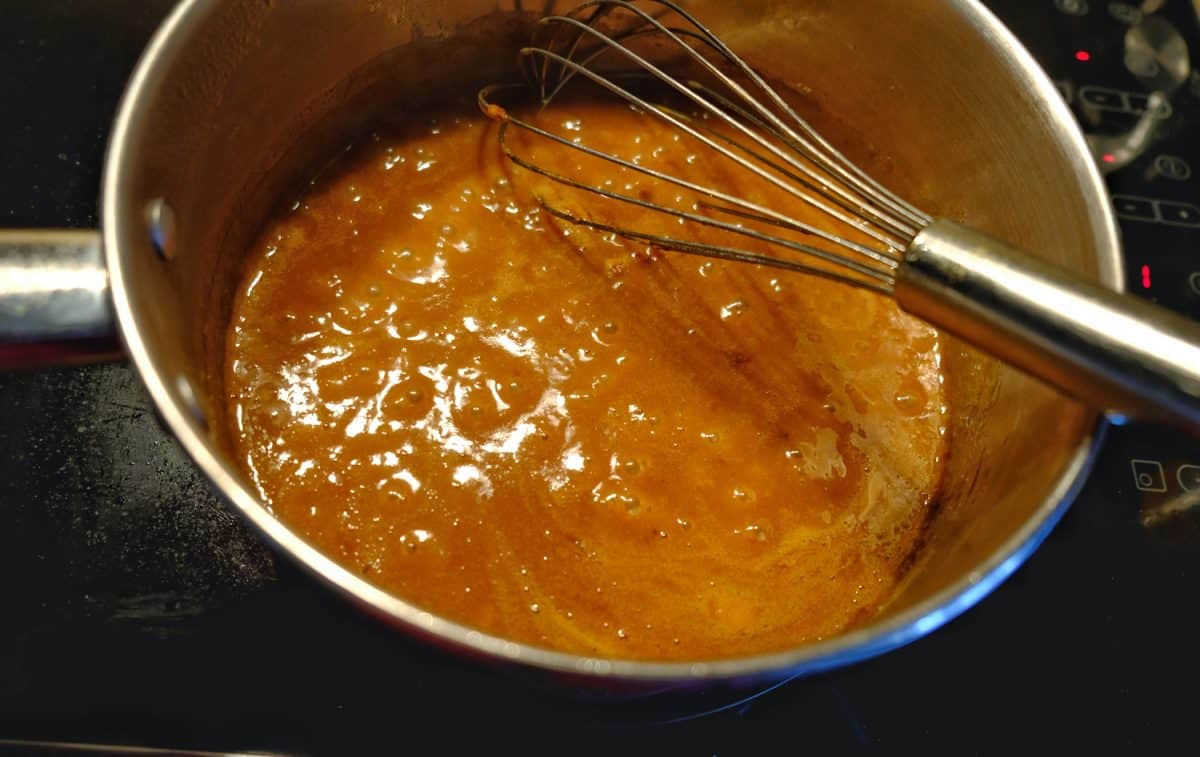
A roux is a way to thicken your sauce by using equal parts flour and fat. The premise is that the fat helps coat the flour to prevent clumping. It also adds richness to the dish. You can use butter, oil, or fat drippings as the source. The cook time varies from one to ten minutes, depending on how rich and thick you want the gravy to be.
The Kitchn's website offers a great tutorial on making a Turkey Gravy via the roux method.
How to fix lumpy gravy

But what if your gravy does end up lumpy? Don't give up. Let's go over a few easy-fix methods that will help smooth it out!
Use a strainer
You can use a mesh strainer or sieve to fix clumped-up gravy. Simply place the strainer over a bowl and pour the gravy through it. You can use a silicone spatula as a press if needed. The solid chunks will be caught in the sieve while the smoother liquid will pass through.
Click here to see Stainless Steel Fine Mesh Strainers on Amazon.
Whisk it
If you like to bake, you probably already have one of these awesome tools in your culinary arsenal. With one hand steadying the pot, use the whisk in a circular motion to whip up your mixture. It's an easy way to break up those pesky lumps of flour. Put some elbow grease into it, and don't forget the edges!
Click here to see Stainless Steel Balloon Whisks on Amazon.
Break out the blender
When previous methods aren't doing the job, you can always eliminate clumps with the blender. Pour your gravy in and run it on the 'liquify,' 'puree,' or 'whip' setting. If you only have a food processor, you can also use that. Those sharp spinning blades will make short work of lumpy sauce!
Click here to see Hamilton Beach Power Blender on Amazon.
Which is a better thickener: flour or cornstarch?
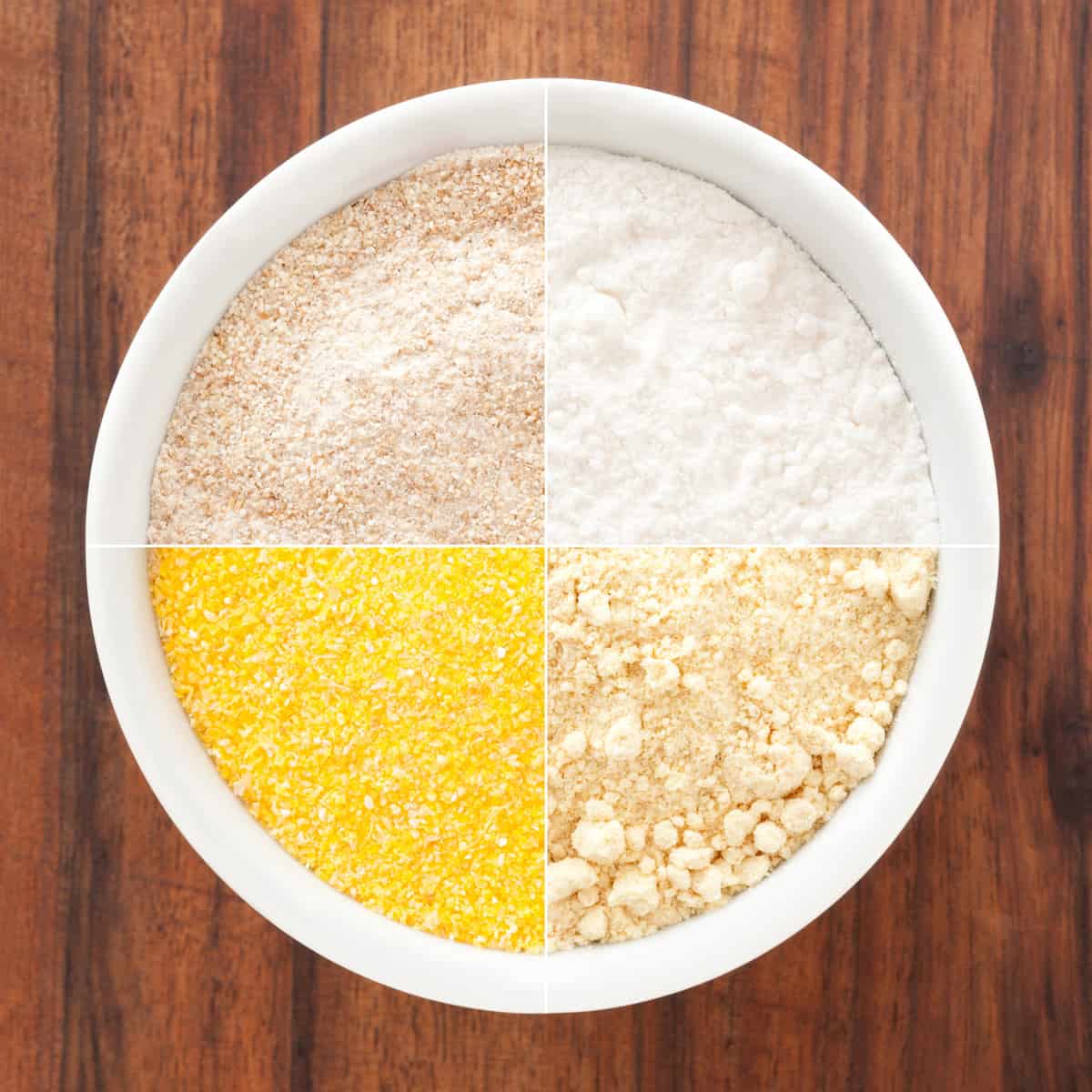
Flour and cornstarch are both suitable thickeners for preparing gravy. While cornstarch wins out over flour for many people, it ultimately boils down to personal preference. Let's discuss the pros and cons of each ingredient!
Flour
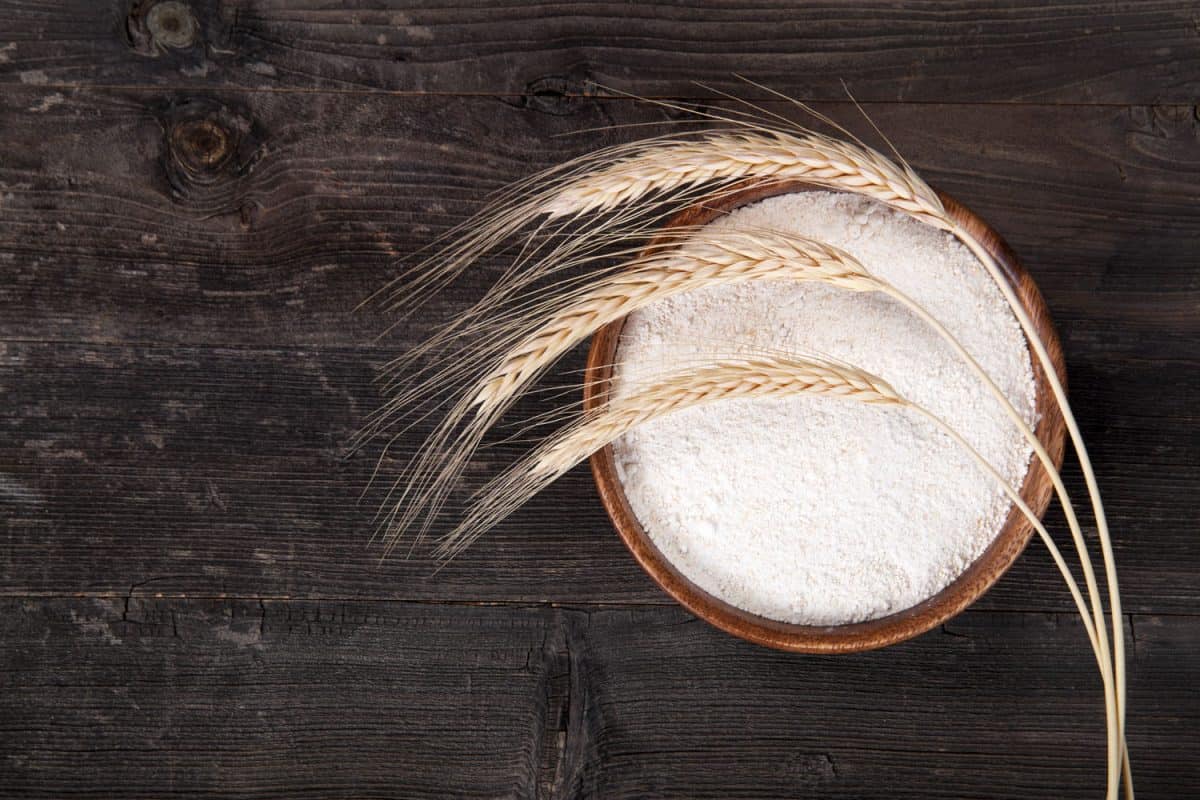
Flour comes from wheat and contains fat and protein. Because of this extra protein, flour-based gravies often feel heavier in your stomach. The sauce ends up with an opaque, brown color after cooking. It makes a wonderful roux!
There are a variety of options available when shopping for flour. These include wheat, whole grain, almond, gluten-free, and organic choices.
The biggest drawback here is that flour generally takes longer to cook and is more prone to clumping. Keep in mind that it also has a bit of its own taste in comparison to alternative thickeners.
Click here to see Organic Whole Grain Oat Flour on Amazon.
Click here to see Blanched Almond Flour on Amazon.
Cornstarch
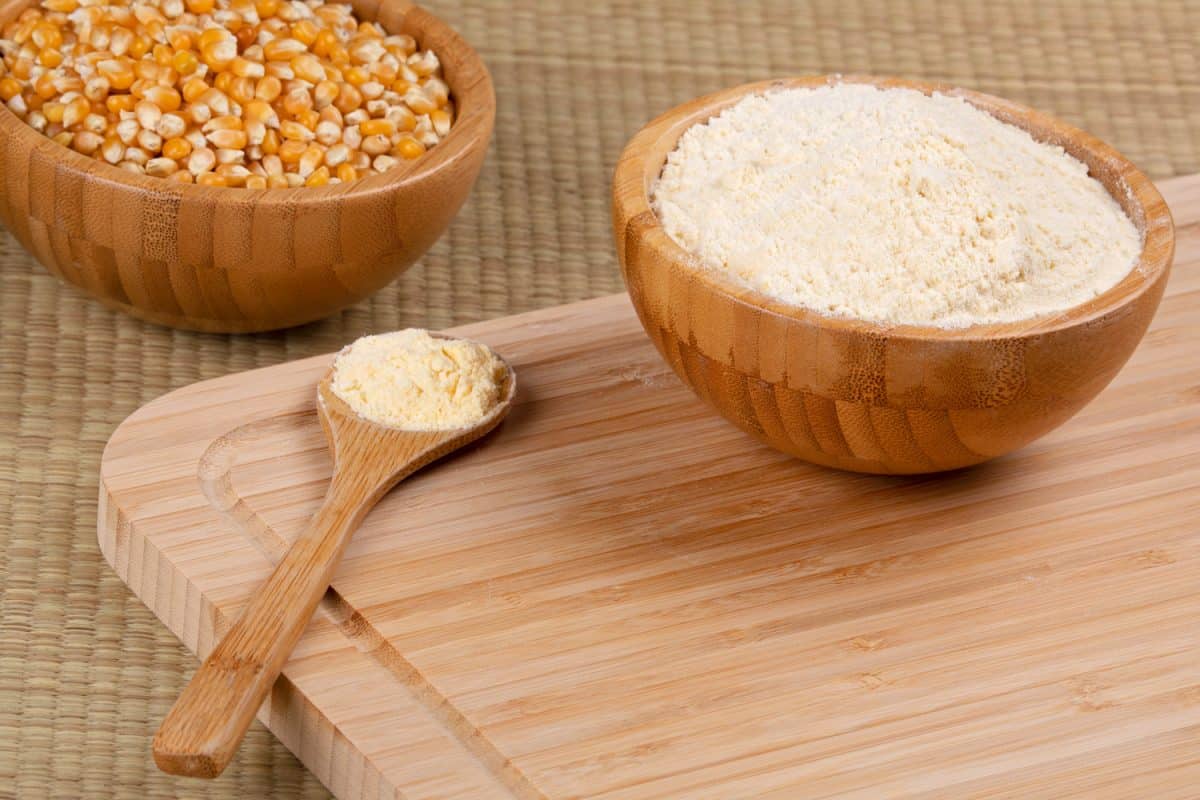
We get cornstarch from, well, corn! It's essentially pure starch and has fewer nutritional benefits than wheat flour. In fact, it has almost none.
That being said, this ingredient contains almost no flavor and cooks much more quickly than flour. Your finished gravy will be shiny and clear rather than muddy. Cornstarch is the way you want to go if you wish to make a slurry.
Click here to see Organic Corn Starch on Amazon.
How to make gravy from scratch without flour
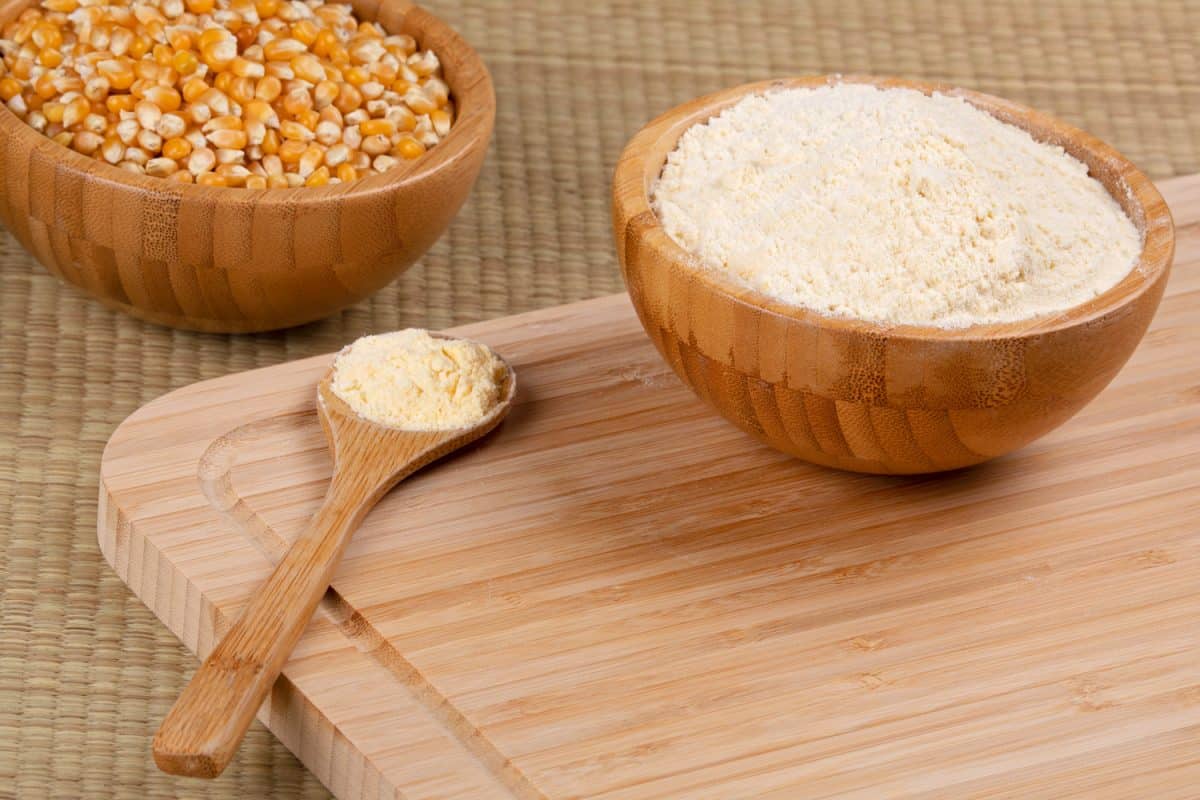
Flour Alternatives
Perhaps you don't have wheat flour on hand or simply don't like its taste. That's ok! Here are some substitutes you can use:
- Cornstarch
- Potato Starch
- Tapioca
- Brown Rice Flour
- Almond Flour
- Arrowroot
- Pureed Vegetables
If you need gluten-free options to regular wheat flour, we've got you covered there, too! We've already mentioned brown rice flour, arrowroot, almond flour, and tapioca. However, there are a few others you can look into for your individual needs.
- Chickpea Flour
- Coconut Flour
- Corn Flour
- Oat Flour
- Sorghum Flour
- Buckwheat Flour
- Xanthan Gum
In regards to cornstarch, it's important to note something. While 100% cornstarch is gluten-free, it is often produced in factories that also process gluten. So, it is essential to investigate any brand you're interested in thoroughly if you have an allergy or sensitivity.
Also, remember that each of the ingredients in these lists has its own qualities. Taste, texture, cook time, and nutritional values all vary. Play around with the options that interest you to see what you like best.
Recipes
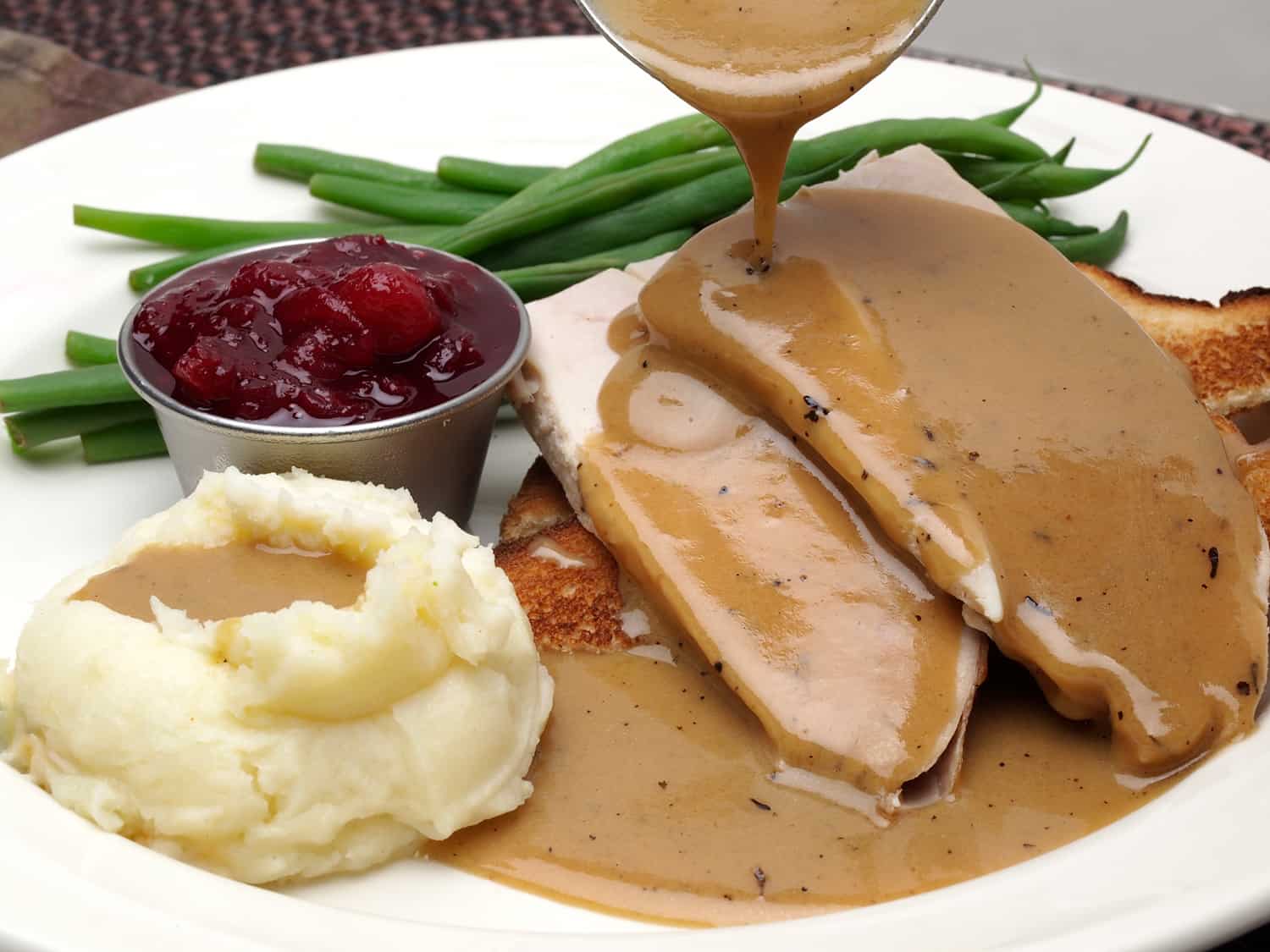
Now, you have some wheat-flour alternatives in mind. So, it's time for us to throw some yummy recipes at you! These are all wheat flour-free instructions for making gravy from scratch!
WarriorMade explains how to prepare a Simple Keto Gravy using almond flour and arrowroot.
Visit Loaves and Dishes for a delicious tutorial on Making Gravy with Cornstarch.
The Chickpea Flour Gravy recipe from WatchLearnEat shows you how addictive chickpea gravy is!
Check out Bone Broth Gravy on Perchance To Cook's website to see tapioca and coconut flour utilized.
Last stop on the gravy train!
Well, you've reached the end of this saucy post. But don't worry! That means you can put our tips to the test sooner!
We established that using a whisk, strainer, or blender can help break up a lumpy gravy. For a smooth sauce, consider making a cornstarch slurry and adding in the thickening agent slowly.
Bread Flour Vs. All-Purpose Flour – Can You Substitute One For The Other?
What’s The Best Beef For Pot Roast?


